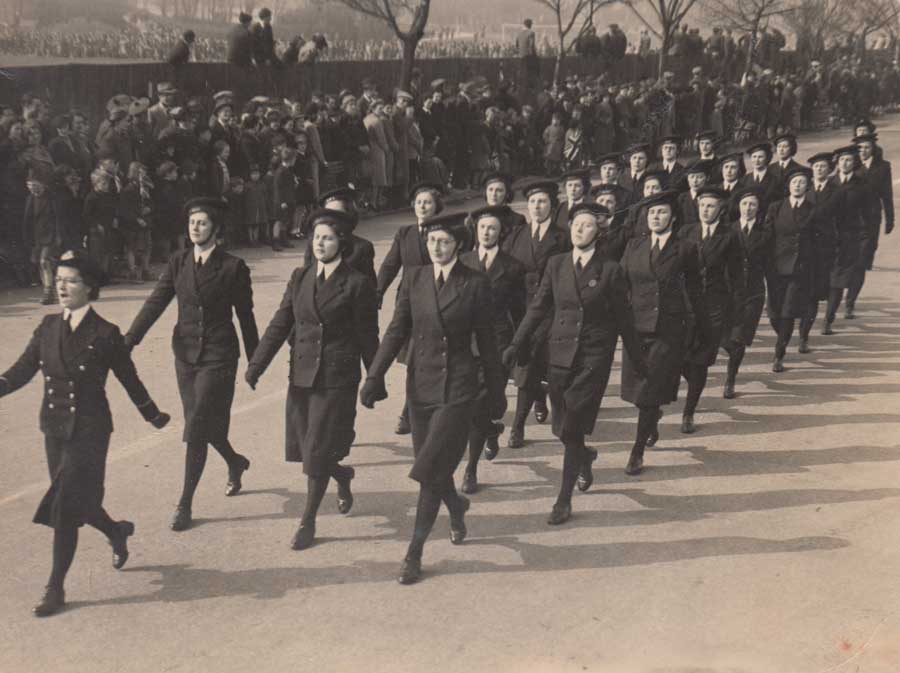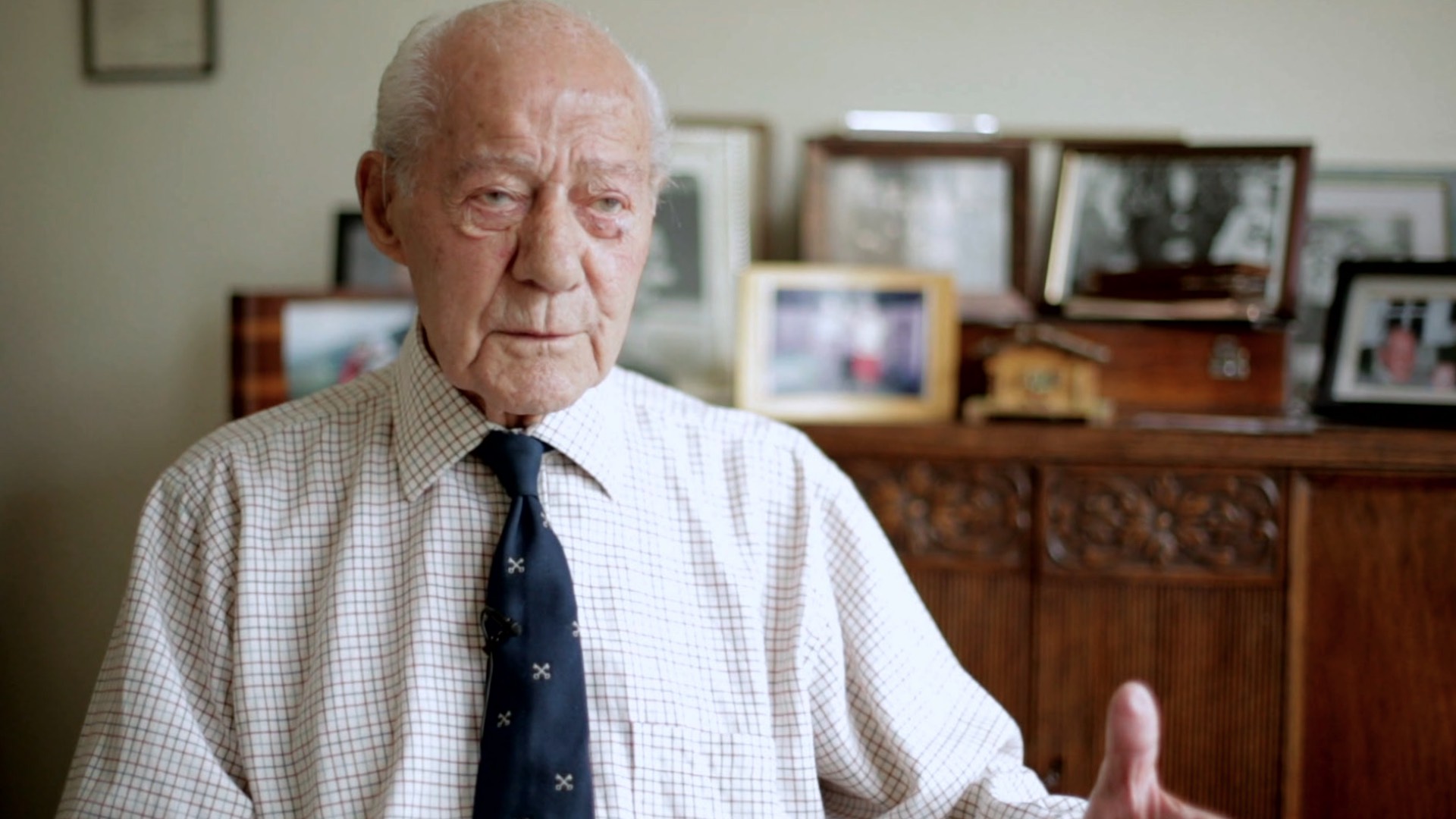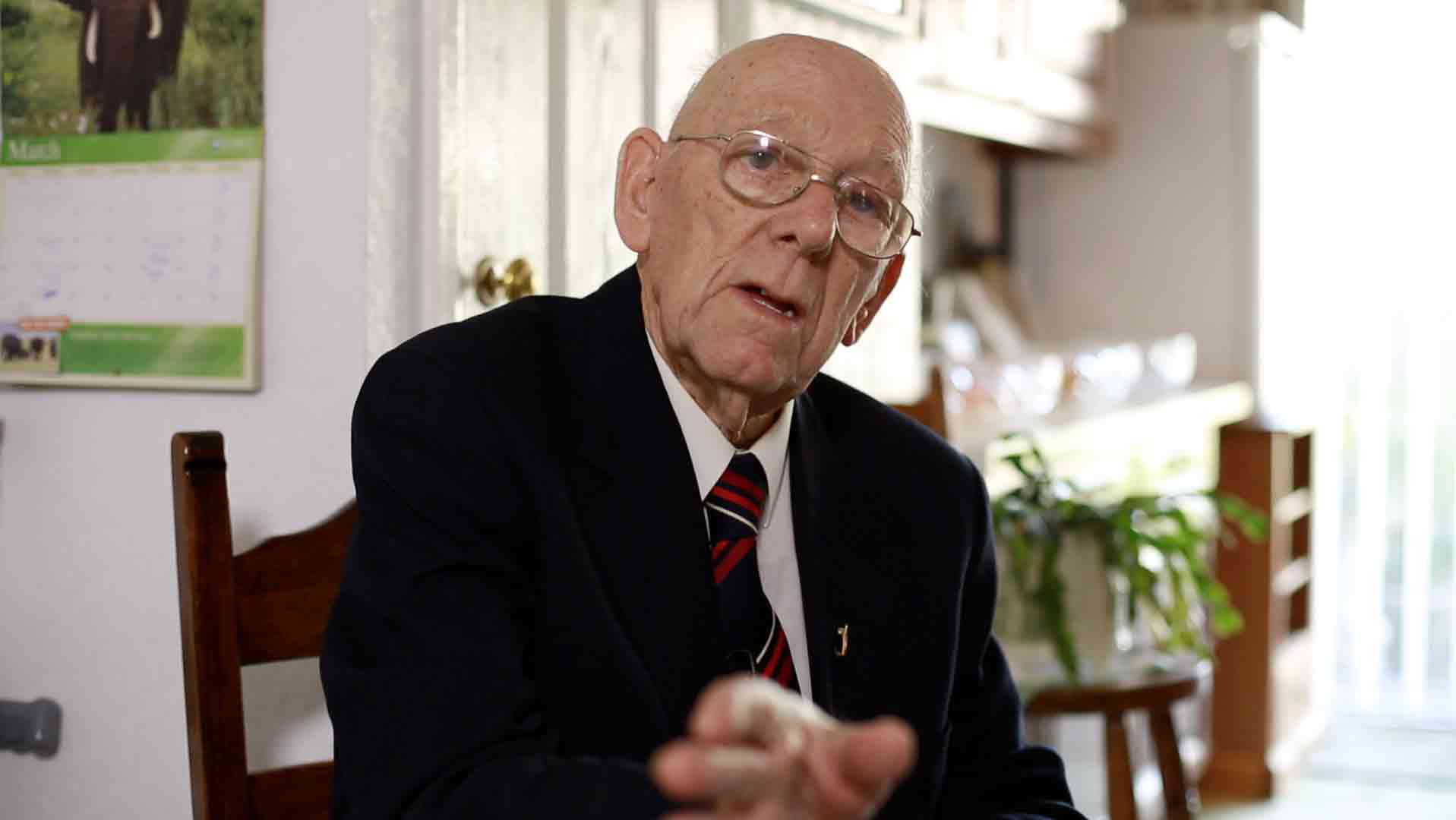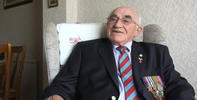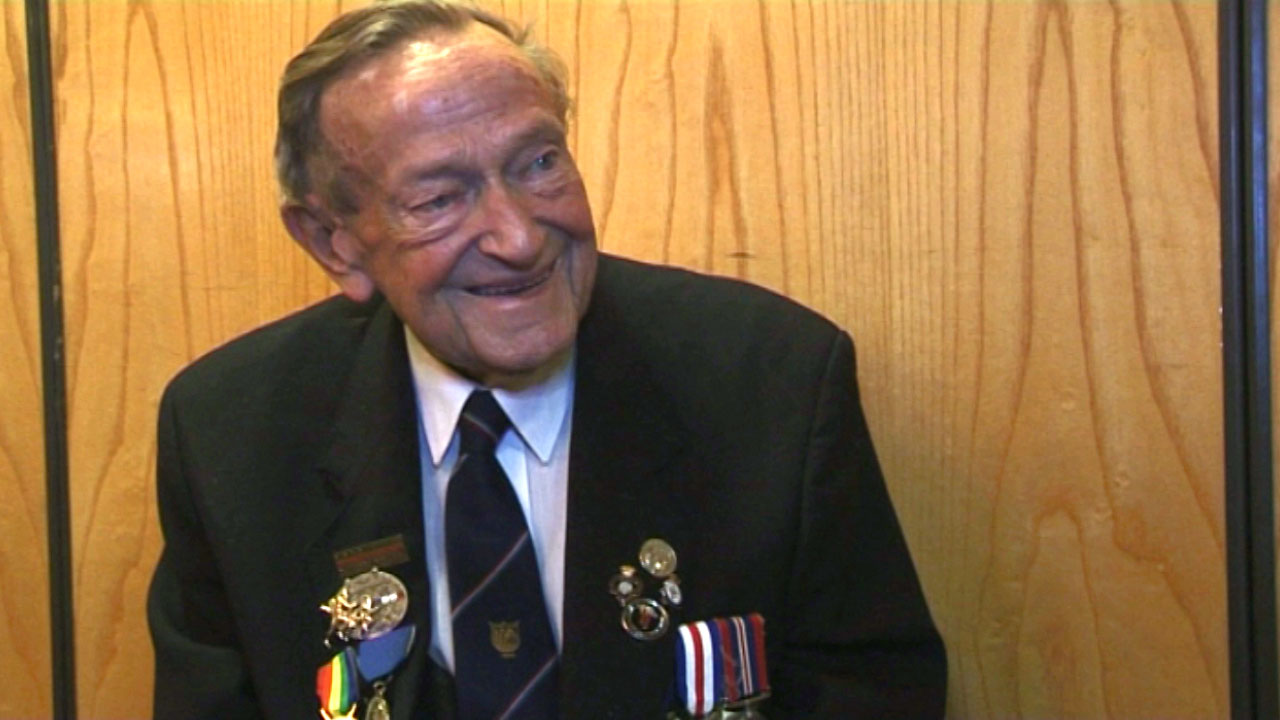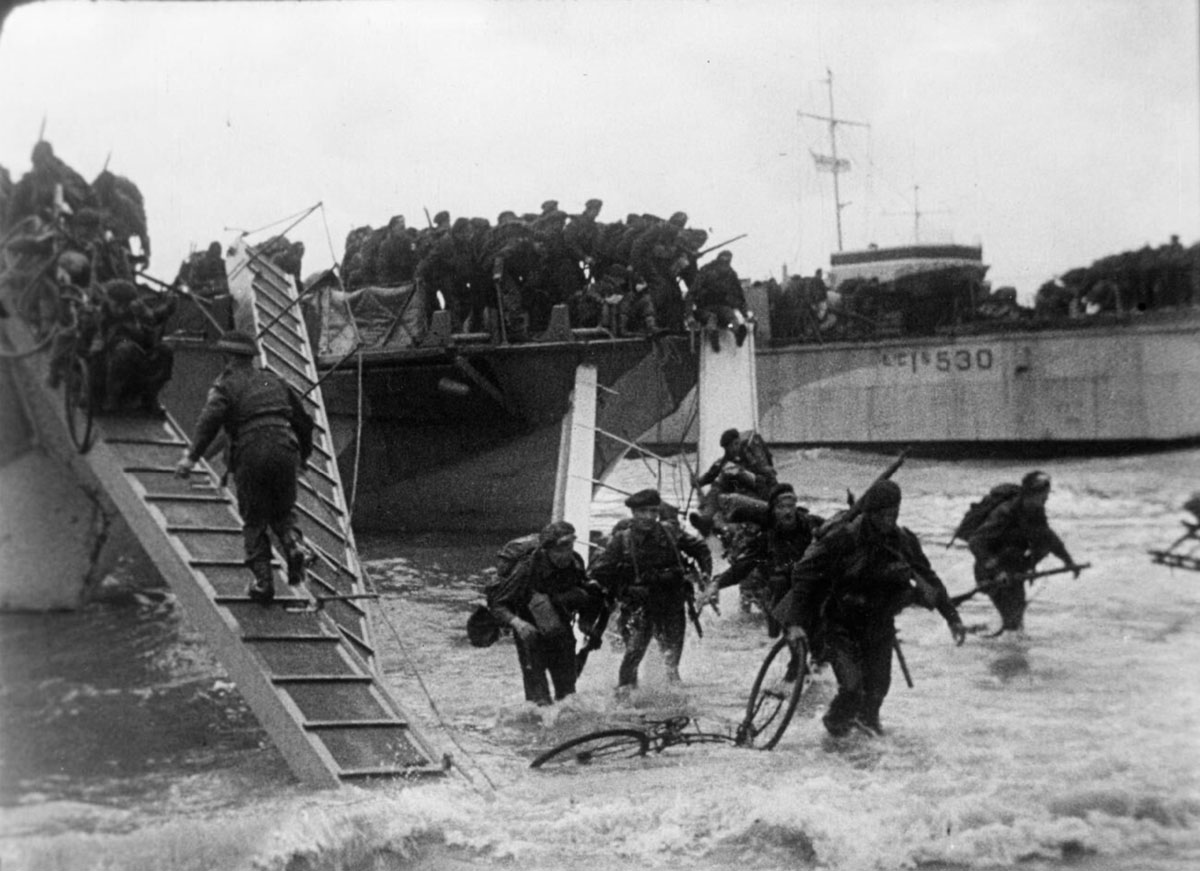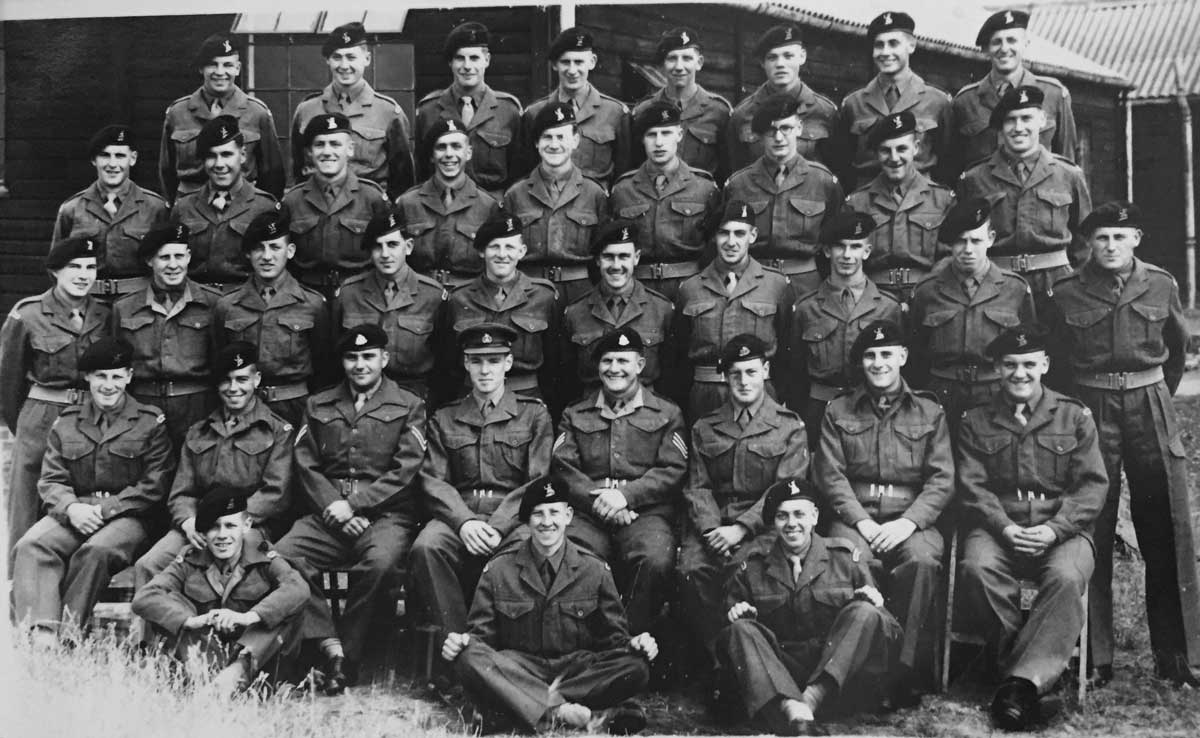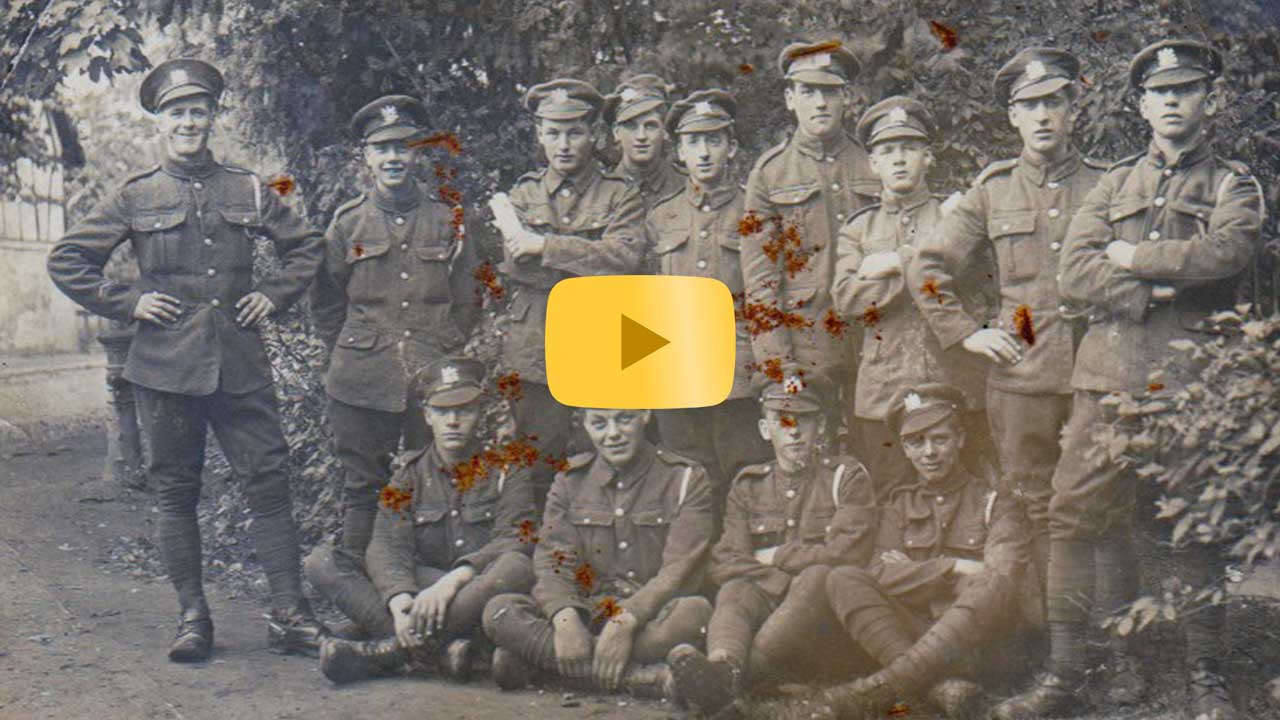Watch Next:
Pat Jarvis - Film 1
Pat was born into a naval family so there was only...Pat Jarvis - Film 1
Pat Jarvis - Film 2
Pat provides some fascinating detail about her of...Pat Jarvis - Film 2
Pat Jarvis - Film 3
The aircraft carrier HMS Indomitable was being bui...Pat Jarvis - Film 3
Pat Jarvis - Film 4
Pat provides some great detail about her work as a...Pat Jarvis - Film 4
Pat Jarvis - Film 5
Barrow was a relatively small naval base which mea...Pat Jarvis - Film 5
Pat Jarvis - Film 6
Pat reflects on the importance of her role. She re...Pat Jarvis - Film 6
Pat Jarvis - Film 7
Pat recalls more bombing and another close call. A...Pat Jarvis - Film 7
In this short extract from her interview, Pat details her work in communcations.
- Biography
- Transcript
- Photos
Pat Jarvis
When war broke out there was only ever going to be one service for Pat Jarvis.
